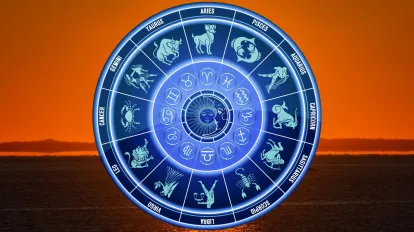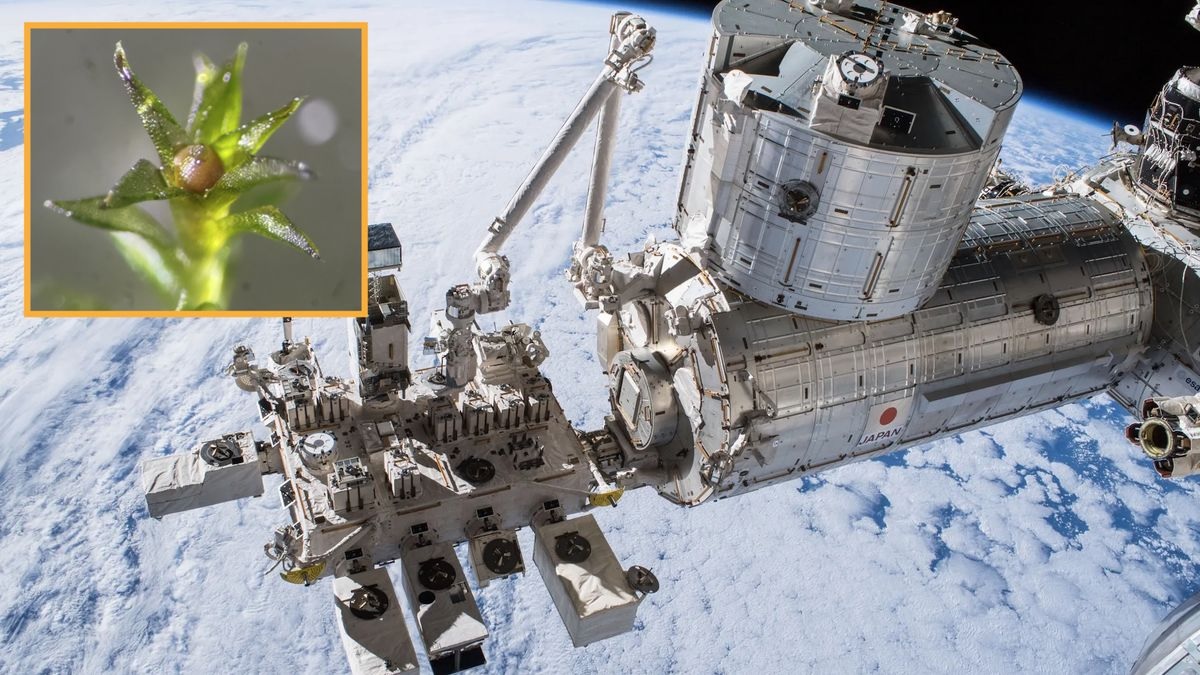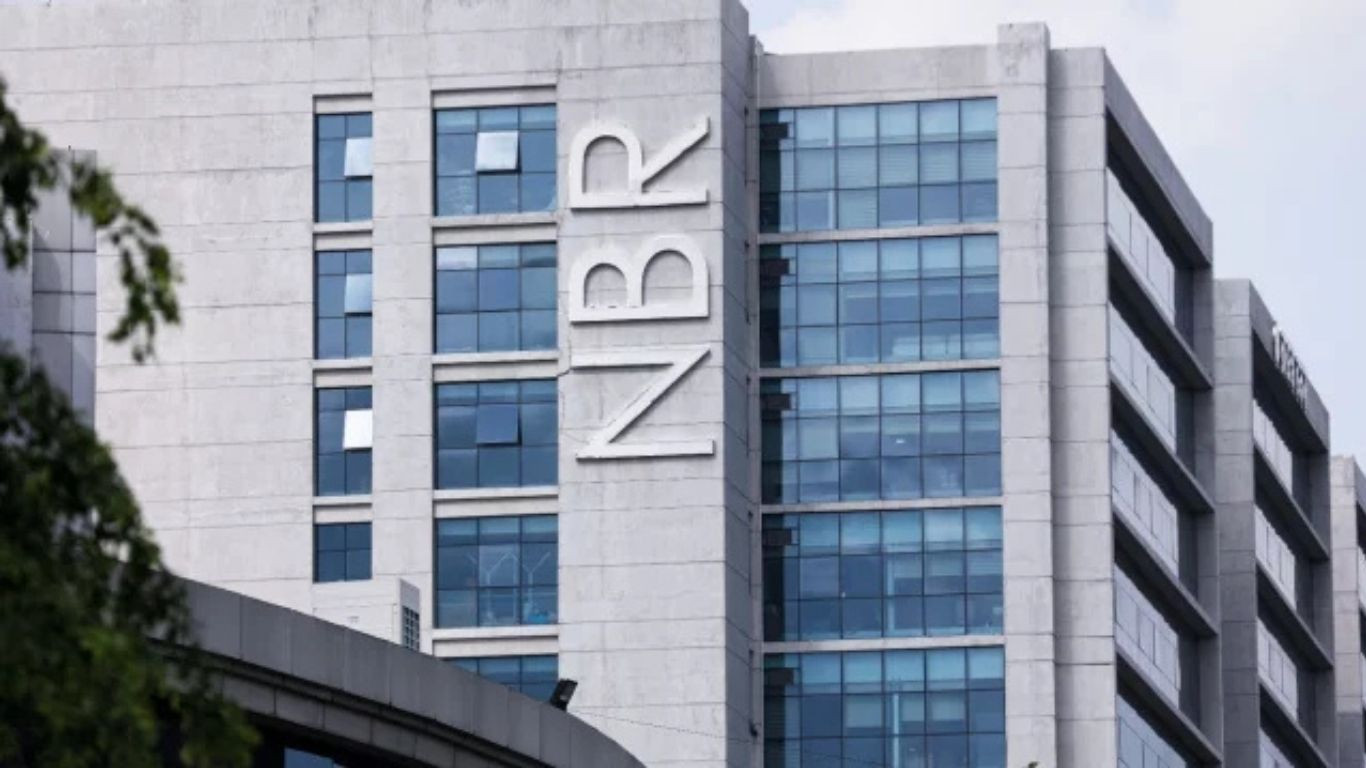The Weeknd’s ‘After Hours Til Dawn’ Becomes Top-Grossing Solo Male Tour

Record-setting trek pairs blockbuster pop with philanthropy
The Weeknd’s sprawling ‘After Hours Til Dawn’ tour has set a new benchmark, becoming the highest-grossing tour ever by a solo male artist. Spanning stadiums across North America, Europe, Latin America and the Middle East since 2022, the run has now sold more than 7.5 million tickets, according to new figures released by promoter Live Nation. That turnout pushes the tour past earlier records set by rock and pop heavyweights, cementing the Canadian star as one of the dominant live acts of the streaming era. The shows, built around the eerie neon aesthetic of his After Hours and Dawn FM albums, mix cinematic staging with a hit-packed setlist that moves seamlessly from dark synthpop to festival-ready anthems.
Beyond ticket sales, the tour stands out for its philanthropic commitments. A portion of revenue from every European and U.K. ticket has gone to the XO Humanitarian Fund in partnership with the United Nations World Food Programme, with similar contributions from dates in Mexico and Brazil. The Weeknd has also used the tour to highlight various advocacy organizations, projecting messages on stadium screens and partnering with local groups in select cities. In an industry where blockbuster tours are sometimes criticized for sky-high prices and little community benefit, those gestures have given fans the sense that a small slice of their spending is feeding into something larger. Still, debates over affordability persist, as dynamic pricing and resale markups pushed some tickets far beyond face value.
Stadium tours, fandom economics and what comes next
The tour’s success underscores how superstar artists now treat the live circuit as both a financial engine and a narrative stage. For The Weeknd, the run capped a decade-long transformation from mysterious mixtape artist to mainstream headliner capable of anchoring a global stadium production. Each leg of the tour refreshed the visual language and occasionally updated the setlist, keeping demand high even in cities he visited more than once. Fans shared elaborate outfits, fan-cam edits and long travel stories on social media, reinforcing the idea that attending was not just a concert but a milestone experience.
Industry observers note that the record also reflects structural shifts. With streaming revenues spread thin, artists at the very top increasingly rely on massive tours, premium merch and sponsorships to drive earnings, while mid-tier performers fight for smaller slices of the live-music pie. The Weeknd’s achievement may inspire peers to scale up even further, but it also raises questions about sustainability: how many fans can realistically afford stadium shows, and how frequently, before fatigue sets in? For now, the numbers suggest the appetite is still strong for carefully crafted mega-tours that balance spectacle, catalog depth and a sense of purpose. The bigger question is how artists will follow up once they have already broken almost every record within reach.




















